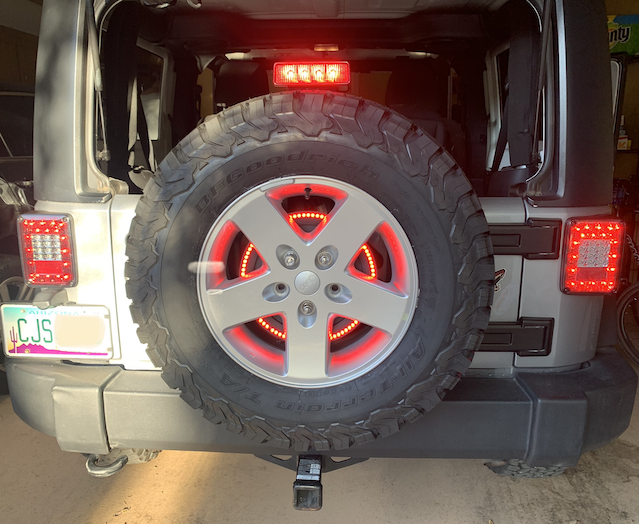posted: February 18, 2023
tl;dr: Signaling for turns is a skill in decline that may someday be obsolete...
I’ve given up: I no longer expect other drivers to signal before making a turn. By my own personal survey, under 50% of drivers who are making a turn or lane change have the appropriate turn signal on. You can do your own survey by standing at an intersection or two and watching traffic for a while. Instead of getting angry at drivers who fail to signal for turns, my reaction has shifted to one of bemusement. I smile and shake my head, the same way I would if a dog or other furry animal were behind the wheel attempting to operate the vehicle. It’s just not going to happen; one cannot expect miracles.
It’s impossible for me not to signal for a turn. Signaling is a completely ingrained action, acquired when I first got behind the wheel to be taught how to drive by my dad. My dad took me out to a snowy parking lot, because his theory (a good one, I believe) was that I should learn to drive in the worst possible conditions. Then everything else would be easier. Drivers who learn in ideal conditions can become overconfident and get themselves into trouble the first time they drive in low-traction conditions. After breaking the back end loose a few times and spinning the wheels, I got the hang of how much (or little) I could accelerate and still maintain control. Eventually I headed out of the parking lot and onto a road. Of course I signaled for my turn.

I upgraded the indicator lights on my Jeep and motorcycles to bright LEDs, so of course I’m going to use them
Everyone signaled in those days. In fact if you didn’t signal, you were likely to attract the ire, horn, and even the middle finger of other drivers, especially in a place like New York state, where I learned to drive. I’ll never forget an incident on Cape Cod, with my dad at the wheel of the family station wagon, driving in heavy summer vacationer traffic. The bulbs in our rear indicator lights burned out and weren’t working at all. People honked at us and gave us the middle finger, which we couldn’t understand because my dad was operating the controls properly. Finally, after another driver passed us and screamed obscenities at him we pulled over and checked the back end of the car and saw the problem. Not one other driver politely told us our indicator lights weren’t working; they were demonstrably mad instead. One key takeaway for me: always signal for a turn.
I am a god-level turn signaller. I signal for turns in parking lots. I even signal for a right hand turn just before exiting a traffic circle (a.k.a. roundabout). I do this even when riding a motorcycle, which requires me to simultaneously work the clutch, brakes, throttle, and operate the turn signal switch with my thumb. Riding a motorcycle teaches you to be a better driver in many ways, and signaling for turns is one of them. When you’re riding a motorcycle, you’re very exposed, and it is very much to your benefit to do everything you can to inform other drivers of your intended path. So why not do the same when driving a car? I spent the time and money to get the best possible indicator lights on my 2-wheeled and 4-wheeled vehicles. So why not use them?
I have two theories as to why signaling for a turn is becoming a lost art. One theory, described in my Self-driving cars can’t get here fast enough post, is that some people seem to drive as though they think they are in a self-driving car, even though they aren’t. Fully autonomous vehicles will of course signal for the turns they intend to make without the driver having to do anything, so why practice a skill that is going to become obsolete? My other theory is based upon how people learn to drive in today’s era of computers and gaming consoles. Kids start driving first in computer simulations and games: I dare say that more people first learn how to control a vehicle by playing Mario Kart than by taking driver’s ed in high school. Computer driving games and simulations don’t come with a turn signal control, so young drivers get used to tearing around like maniacs without once signaling to anyone else what they are going to do.
So have fun, Mario Kart kids. Don’t worry, I’m not going to flip you the bird. Just please don’t run into me.
Related post: Self-driving cars can’t get here fast enough